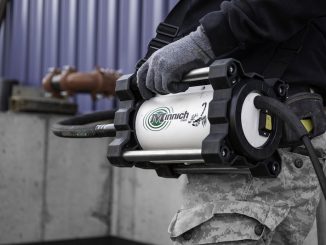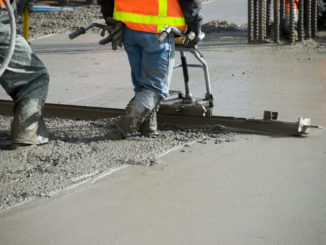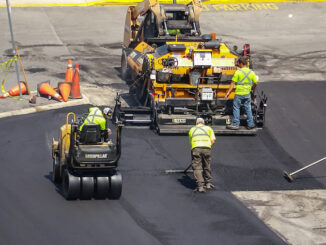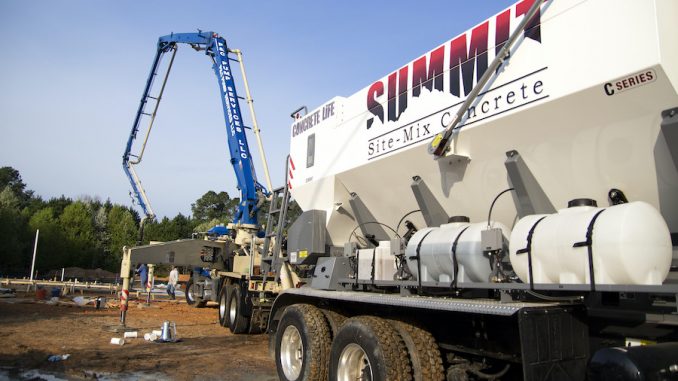
Volumetric mixers are mobile concrete plants – flexible, versatile and ready to go whenever needed on a job site. Quickly and easily set up concrete production on job site and start pouring within an hour. No waste, no wait, and the exact design mix every time.
Easy Set Up
Drive to the location and you are ready to go!
Change Mix Design On Site As Needed
No need to wait or waste material.
No Mobilization
Replace your “transportable batch plant” and start pouring within an hour.
Move The Batch Plant Around On Site
Take the batch plant directly to the pour area.
Fast Clean Out
Auto-wash out in minutes.
No Space Limitations
Use on any size job, even remote or hard to reach sites.
Economical Solution
No wasted materials or employee downtime — saves you money on every pour.
Size Of Job Does Not Matter
Produce 20, 100, or 400 yards a day with the same mixer.
Easy To Operate
The driver and mixer operator can be the same person.
No Foundation Or Frame Of Infrastructure Set Up Required
Move whenever needed.
Quickly Fill Drum Trucks
Fill your barrel trucks fast and efficiently with fresh concrete on a job site.
First Year Maintenance For The Mixer
Various things can affect the wear and life of wear parts during your first year of maintenance on your mobile mixer. Materials, the slump of concrete, and the total amount of material put through the unit affect the wear parts and how often you need to change them.
Daily Inspection
The operator should be inspecting and noting items that are showing wear or that need to be replaced as they are doing clean up on the unit. Inspect the wear blades, belt wiper, mixer motor for leaks, lower and upper mixer bearings, and for concrete build up.
Monthly Inspection
The first year schedule is one that the operator should watch with the daily and monthly inspections. You will start to get a feel on how soon you will need to schedule maintenance and if that includes any downtime.
The monthly inspection needs to be more detailed. Besides the mixer daily inspection, the operator needs to have the unit empty and inspect the rest of the unit.
Inspect the conveyor belt and tension, check side and center guide material and the gap between guide and belt, and adjust if needed, along with the conveyor belt wiper. It must be tight on the belting so it will clean the belt and stop material from slipping. They need to flush the admix system with water and clean out the tanks. Inspect the water tank for any algae growth and clean if needed.
With these inspections, you will start to see a wear pattern and can determine a maintenance schedule. Depending on the materials and series of unit, you can figure that the mixer will be the first component that will require repairs.
Normally you should expect 3,000 yards to 5,000 yards through a unit before you need to replace wear blades. You may need to replace the lower boot, and bearings. Again with the daily and monthly inspections you will be able to evaluate the components and make sure you have all parts needed.
For the conveyor belt, with proper maintenance and care through the life of the assembly, you can expect to get 20,000 yards to 25,000 yards of life. It’s recommended to rotate the conveyor belt annually.
Remember that all maintenance and life of the parts all depends on the work done up front through the year. Inspect regularly and you can plan maintenance around your schedule.
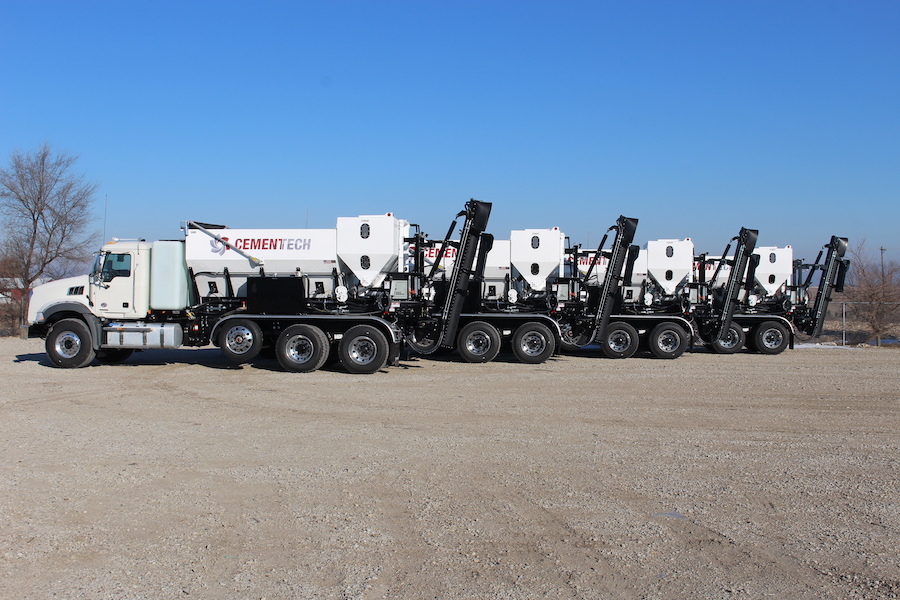
10 Reasons To Add Volumetric Mixers To A Concrete Delivery Business
Adding volumetric mixers to your concrete delivery business delivers several benefits to your operations.
1. Say Goodbye To Hot Loads
If the finishing crew hasn’t arrived, or more forming needs to be done, don’t panic. Mobile mixers produce fresh concrete on site when you need it, so you never waste a batch.
2. Deliver The Exact Amount
Customers receive exactly what they ordered.
3. Eliminate Short-Load Fees
Because mobile mixers are versatile, they can be used for a variety of applications: set up a mobile batch plant for large jobs, pour a quarter yard for a fence post at one job, and then travel to another job to pour three yards for a sidewalk repair.
4. Stop Waiting On Drum Trucks
When workers consistently have to wait around for ready mix trucks to arrive, lost profits quickly add up.
5. Easily Change Mix Designs
Mobile mixers are more versatile than ever. They can mix and pour one batch of concrete and easily switch mix designs to support any client need.
6. Clean Up Is Easy
Have you heard of someone chipping out cured concrete in a barrel truck? Add a mobile mixer to your fleet to avoid that nightmare with quick clean up.
7. Weekend Deliveries
Using drum trucks ties you to the plant’s schedule. But owning a mobile mixer lets you create your own schedule, with no batch plant operator needed, allowing you to schedule weekend deliveries without hassle.
8. Deliver Concrete To Rural & Remote Areas
Once water hits the cement powder, a chemical reaction starts and the small window in which the concrete can be used. This causes limitations if drum trucks need to travel long distances to job sites. Mobile mixers allow you to provide quality concrete to clients in rural and remote areas.
9. Go Green
Barrel trucks must constantly run to keep the drum running and the concrete moving. With mobile mixers, you simply shut off the truck until concrete is needed. They also require less water during cleanup, as you only wash out the mixing auger assembly rather than the whole barrel of a drum truck.
10. Mix Specialty Concrete
Specialty concrete and technologies such as latex- modified concrete, fast- setting cements, and other specialty concrete demand mobile mixers for best placement and quality.
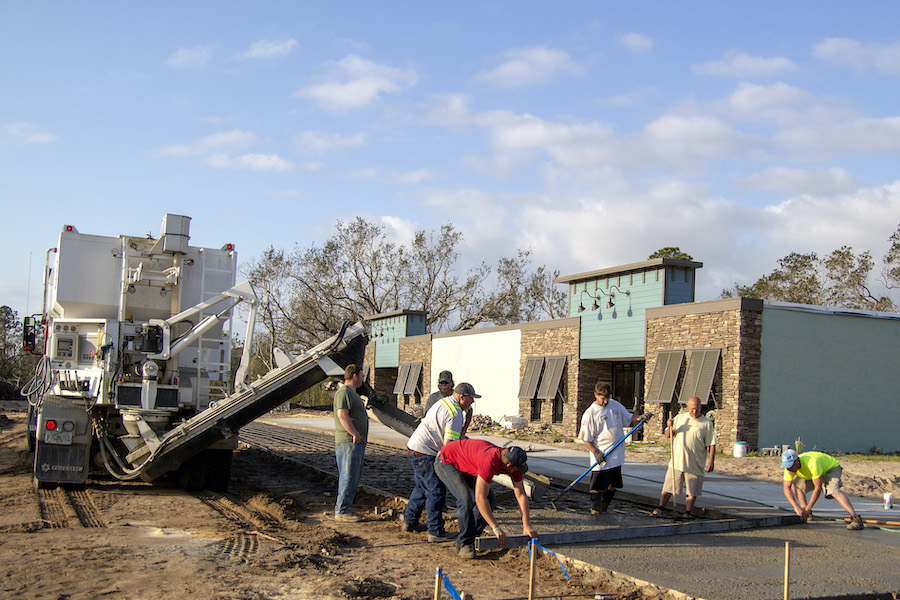
5 Myths About Volumetric Concrete Mixers
1. Volumetric Mixers Use New & Unproven Technology.
The patent for concrete mobile mixers was granted more than a half century ago in 1965. By 1980, more than 2,500 units had been produced and the number surpassed 10,000 by 2000. Volumetric mixers can be found in use throughout the United States in every state, along with more than 60 countries around the world.
2. Volumetric Mixers Cannot Match The Accuracy & Consistency Of A Batch Plant.
False. Concrete mobile mixers are designed and calibrated to meet ASTM C685; ACI 304.6R; and AASHTO M241 specifications. All materials have the same tolerances while there are more restrictions placed on ready mix since water-cement contact occurs at the plant and not at the job site as is the case with volumetric mixers.
3. Volumetric Mixers Cannot Produce A Good Or High- Quality Concrete.
Different mix designs of concrete need a design- specific amount of time to adequately mix. Volumetric mixers produce a wide range of designs, many of which are used in many everyday projects, such as:
- Airport runways including repairs;
- Bridge deck overlays;
- Soil retention;
- Structural elements; and
- Swimming pools.
These units are also capable of creating specialized types of concrete, such as lightweight concrete with foam.
4. Volumetric Mixers Are Undersized For Large Pours And/Or Projects.
The edge that helps volumetric mixers stand out from traditional barrel mixers is the ability to be reloaded at a job site without wasted fuel and production time. Projects finish on, if not ahead of schedule, plus, the production rates of volumetric equipment can exceed 90 cubic yards per hour. The most common model of volumetric mixers available today produces one cubic yard each minute.
5. There Is A Huge Learning Curve & Complex Operation With Volumetric Concrete Mixers.
Not quite. While it’s crucial each operator receive proper training — which is necessary with all equipment used at a job site — a volumetric mixer operator will have more training than an operator for a barrel mixer. However, extensive and on-going training is available for calibration, maintenance, and operation of your equipment.
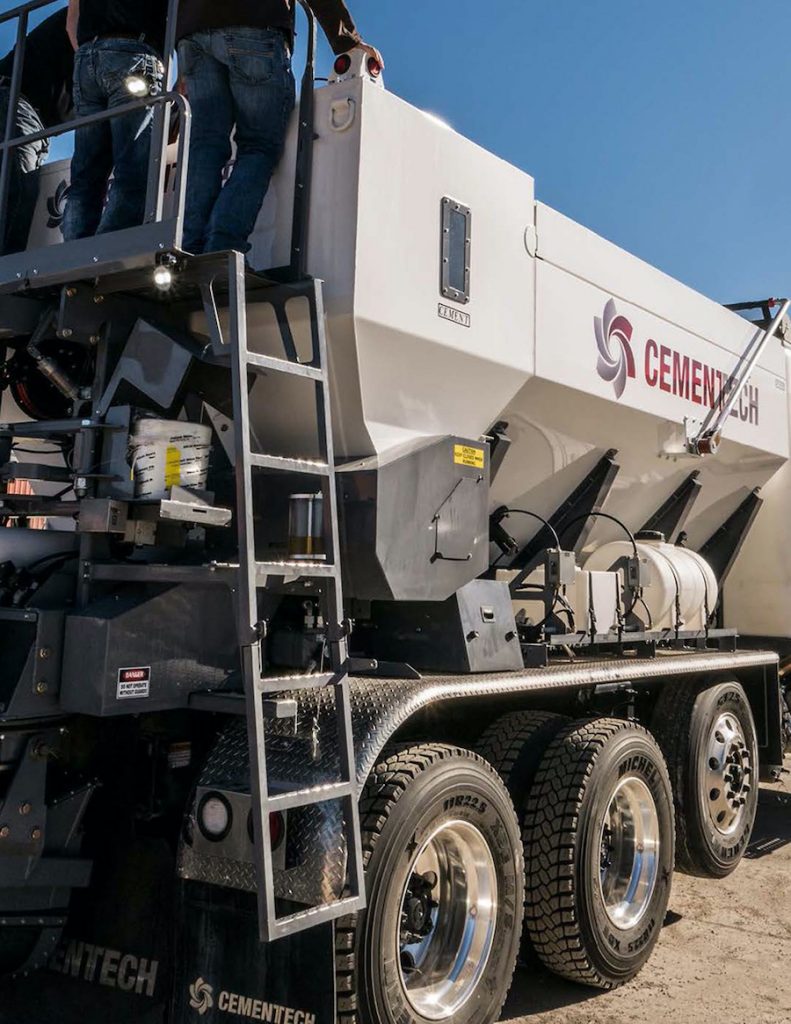 Why Volumetric Mixers Are Perfect For DOT Projects
Why Volumetric Mixers Are Perfect For DOT Projects
Millions of motorists and pedestrians depend on highways, streets, and all size and type of roadways every day. Any time these thoroughfares are inaccessible, whether due
to a small repair or full-scale replacement, headaches and hassles generally ensue as DOT crews scramble to complete the concrete work on time and on budget.
Speed & Safety Are Tied Together
One way crews have worked around this issue is with fast setting concrete, especially during overnight projects. At night is a popular timeslot for work as there is generally less traffic passing by or through the work area, creating a safer environment for everyone involved.
Yet, timely repairs can be hard to come by for DOT crews, especially when short loads and access to concrete come into play. These factors exacerbate contingent timelines, all of which focus on safety to motorists, pedestrian, and workers.
So how can volumetric concrete mixers eliminate many common challenges to regular DOT projects?
Multiple Design Mixes For One DOT Project
Let’s start with design mixes. A traditional barrel mixer is limited to providing one pre- specified mix at a time. But a volumetric mixer can produce however many mixes that are necessary to complete the work with one unit. There are not any schedules to align or juggle, but only the ability to pour from your own mobile batch plant.
An example is work done on bridge decks. Many, especially in climates with snow and ice during the winter months, rely on latex modified concrete to hinder the freeze- thaw cycle. A volumetric mixer can produce the latex blend and regular concrete, saving time and money for separate units and scheduling.
Save On Equipment Without Sacrificing End Results
One mobile concrete mixer can handle any type of cement powder, including fast setting which is commonly used in road projects. This does away with the longstanding need to bring in a different barrel truck specifically to pour a fast setting variety and a different truck for a mix using a standard cement powder. Also, you have control over every ounce of concrete thanks to a precise proportioning system.
Fast & Efficient Repairs
It’s rare for an entire roadway to need replacement. Instead, it’s the smaller repairs that snarl traffic, even for a few hours. Since volumetric mixers easily work with fast setting concrete powders, such as Rapid Set and FasTrac, your crew begins and finishes these repairs in significantly less time. Less traffic impediment means less safety risk to workers and less headache for motorists and pedestrians.
Can Volumetric Mixers Work With A Concrete Pump?
Yes! The fresh concrete mix pours into the hopper of the concrete pump the same as it would from a traditional barrel mixer. Because pumps are frequently used in building construction and precast applications, being able to change slump and other crucial details with minimal work stoppages is key.
Bauman Landscaping & Construction primarily handles public works projects for the City of San Francisco using a fleet of Cemen Tech volumetric mixers. But the company also produces building concrete with its 32-meter concrete pump.
“We use the volumetric mixer to put into the pump. It’s really compatible with concrete pumps and the mix comes out well,” Mike Bauman, owner and president, said. “We can get into tight access spots with our volumetric mixer with a pump.”
Most Common Questions From New Volumetric Users
How Do You Set The Gates For A Mix?
Gates are adjusted to the proper indicator marks based on previous calibration. Reference the O&M manual for calibration instructions. With proper gate settings per the mix design requirements, correct and accurate concrete and flowable fill will be produced. You can be assured of accuracy and replication.
When Should Wear Blades On The Mixing Auger Be Replaced?
Make sure the blade does not wear pass the bolt hole that holds the blade to the flighting and mounts. If the blades are worn to within 1/8-inch of the countersunk hole on the face of the wear blade, then they need to be replaced. Be sure to watch the first half of the auger, as it will have the most wear. The discharge blades may last twice as long as the first half because once the material is mixed together, it is less abrasive and wears less on the blades.
When replacing the blades, over tightening the bolts can cause them to crack. Make sure you use the spacer washers between the blade and flighting.
What Mix Angle Should The Mixer Run?
The mix angle directly affects the quality of the concrete. Mixers need to run at a good mix angle for retention, with an ideal angle of 25 degrees to 30 degrees and no less than 15 degrees. The higher the angle, the longer the retention of the concrete and the better the mix. If you could see the concrete, it would be rolling back and moving in a Figure 8 pattern through the homogenizing auger mixer. If the mix continually backs up in the mixing auger, lower the angle. Longer retention in the mixer will help admixtures have time to react, will help stop any false/flash in the concrete and will help with reducing bleed water.
Can volumetric mixers handle multiple concrete mix designs for a single project?
Yes, volumetric mixers can produce multiple mix designs on-site, allowing for flexibility and efficiency in completing various tasks within a single project.
How often should wear blades on the mixing auger of a volumetric mixer be replaced?
Wear blades on the mixing auger should be replaced if worn to within 1/8-inch of the countersunk hole on the face of the blade, and regular inspections during daily and monthly maintenance are essential to ensure optimal performance.






































